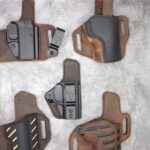The bias cut dress, a term that evokes images of timeless elegance and fluid femininity, remains a cornerstone in the world of fashion. This distinctive cut, which became the height of fashion in the 1920s and 1930s, is celebrated for its ability to drape gracefully across the body, creating silhouettes that are both flattering and sophisticated. But what exactly is a bias cut, and why has it maintained its allure through the decades? Let’s delve into the artistry of bias-cut dresses and discover their enduring appeal.
Bias Cut Dress: What is Bias Cut?
The bias cut refers to the method of cutting fabric at a 45-degree angle to the grain, rather than parallel to the weave. This technique allows the fabric to stretch more than if it were cut in a traditional manner. Moreover, the result is a garment that closely hugs the body, emphasizing the natural curves without the need for darts or seams. Madeleine Vionnet, a French designer, is credited with popularizing this technique in the early 20th century, transforming the way fabric could envelop the body.
Bias Cut Dress: The Allure of Fluidity and Grace
One of the most captivating aspects of bias-cut dresses is their unparalleled ability to drape and flow. By cutting the fabric on the bias, designers can create garments that move with a mesmerizing fluidity. Therefore, ofering a level of elegance and movement that straight-grain cuts simply cannot achieve. The bias cut is particularly suited to fabrics that naturally drape well, such as silk, satin, and chiffon, making it a favorite for evening wear and bridal gowns.
Bias Cut Dress: Flattering for Every Figure
Beyond its aesthetic appeal, the bias cut is celebrated for its figure-flattering properties. The technique allows the dress to mold to the body’s contours, subtly accentuating curves without constriction. Hence, this makes bias-cut dresses incredibly versatile, and capable of flattering a wide range of body types. Whether you’re attending a formal event or seeking an elegant, everyday look, a bias-cut dress can provide comfort without sacrificing style.
Bias Cut Dress: A Testament to Timeless Style
The bias cut dress stands as a testament to timeless style. From the sultry silhouettes of the 1930s to the modern runways, this cutting technique continues to captivate designers and fashion enthusiasts alike. Moreover, it represents a harmony between fabric and form, a design principle that transcends trends. The bias cut reminds us that true elegance is about movement, grace, and the celebration of the female form.
Bias Cut Dress: Crafting Challenges and Luxurious Appeal
The creation of a bias cut dress is a testament to the skill of the dressmaker. The technique requires precise handling to prevent the fabric from stretching out of shape, making it a more challenging endeavor than traditional cuts. Additionally, because the fabric is cut diagonally, bias-cut garments often require more material, adding to their luxurious appeal.
Bias Cut Dress: Designer’s Choice: The Bias Cut

Designers are drawn to the bias cut for its flattering silhouette, enhanced movement, and versatility. It allows for innovation and creativity, providing a canvas for unique and innovative designs. Hence, the bias cut showcases luxurious fabrics beautifully, enhancing their drape and tactile qualities. Moreover, the historical and iconic value of the bias cut adds depth and story to collections, imbuing them with romance, nostalgia, and sophistication.
Incorporating the bias cut into their designs, several contemporary designers and fashion houses stand out for their innovative and exquisite use of this technique. These designers, with their unique approaches and aesthetics, have embraced the bias cut to create stunning collections that resonate with modern sensibilities while paying homage to the cut’s timeless appeal. Here are some notable names:
1. John Galliano
John Galliano, known for his flamboyant and innovative designs. He has often utilized the bias cut to create dramatic and flowing silhouettes. His work, particularly during his tenure at Dior, showcases the bias cut’s ability to produce movement and grace in fabric, bringing a modern twist to the technique.
2. Stella McCartney
Stella McCartney’s approach to fashion, with a focus on sustainability and femininity, includes the use of the bias cut in a way that highlights the body’s natural lines without compromising comfort. Her designs often feature sleek, fluid lines that are both contemporary and timeless.
3. Alexander McQueen
The late Alexander McQueen was known for his exquisite craftsmanship and innovative designs. McQueen’s use of the bias cut demonstrated his ability to blend technical skill with artistic vision,. Creating garments that were both avant-garde and beautifully flattering.
4. Vivienne Westwood
Vivienne Westwood’s designs often incorporate the bias cut, reflecting her punk-inspired approach to fashion. Therefore, It challenges conventional norms. Westwood uses the bias cut to create dynamic, sculptural forms that drape elegantly around the body.
5. Calvin Klein
Calvin Klein’s minimalistic and sophisticated aesthetic has often embraced the bias cut, particularly in the brand’s slip dresses and evening wear. These garments highlight the bias cut’s ability to create simple, yet profoundly elegant silhouettes.
6. Givenchy
Under various creative directors, Givenchy has utilized the bias cut to add fluidity and elegance to its haute couture and ready-to-wear collections. The brand’s use of the bias cut aligns with its reputation for sophisticated, luxurious fashion.
7. Celine by Hedi Slimane
Hedi Slimane at Celine has brought a modern edge to the bias cut, integrating it into collections that blend timeless elegance with contemporary minimalism. Slimane’s designs often feature clean lines and a muted palette, with the bias cut adding a subtle sensuality.
8. Bias Cut Enthusiasts and Boutique Labels
Aside from these globally recognized names, numerous boutique labels and emerging designers have embraced the bias cut. Hence, these creators often experiment with the technique to craft bespoke and niche collections that highlight the cut’s versatility and appeal across different styles and fabrics.
These designers and brands, through their diverse and innovative approaches. They continue to demonstrate the bias cut’s enduring relevance in fashion. Therefore, they show how this classic technique can be reinterpreted to suit modern tastes, blending historical elegance with contemporary design principles.
Conclusion
The bias-cut dress is more than just a garment. It is a symbol of sophistication and timeless beauty in fashion. Moreover, Its ability to combine elegance with comfort has ensured its place in the wardrobes of women for nearly a century. Therefore, whether you’re drawn to the vintage charm of a 1930s silk gown or the contemporary allure of a bias-cut slip dress, this technique offers a unique blend of style, comfort, and femininity. As we continue to celebrate the art of fashion, the bias-cut dress remains a shining example of how creativity and craftsmanship can transform fabric into a masterpiece of design.
Bias Cut Dress: Frequently Asked Questions
The Basics of Bias Cut Dress
What is a bias-cut dress?
A bias cut dress is a garment where the fabric has been cut at a 45-degree angle to the fabric’s grain. Allowing it to drape softly and stretch more than if it were cut on the fabric’s straight grain. This technique emphasizes the body’s natural curves and allows for a fluid, flattering silhouette.
Flattering Features OF Bias Cut Dress
Why are bias-cut dresses so flattering?
Bias cut dresses drape and contour around the body in a way that highlights natural curves without clinging too tightly. This cut allows the fabric to stretch and move with the wearer. Creating a silhouette that is both elegant and comfortable, making it flattering for a wide range of body types.
Fabric Considerations of Bias Cut Dress
Can bias-cut dresses only be made from certain fabrics?
While bias-cut dresses can technically be made from various fabrics, they are best suited to fabrics with good drape and flexibility, such as silk, satin, chiffon, and jersey. Moreover, These materials accentuate the flowing, body-skimming qualities of the bias cut.
Bias Cut Dress: Versatility and Suitability
Are bias-cut dresses suitable for all body types?
Yes, bias-cut dresses are versatile and can be flattering on all body types. The key is in the drape of the fabric, which can elegantly skim over the body’s curves, offering a more forgiving fit than other cuts. However, the specific design and fabric choice can affect how flattering a bias-cut dress is on different body shapes.
Care and Maintenance
How do I care for a bias-cut dress?
Care for a bias-cut dress typically requires gentle handling, as the fabric may be more prone to stretching and losing its shape. Follow the garment’s care label instructions closely—usually, dry cleaning or hand washing in cold water is recommended. Lay flat or hang to dry to maintain the garment’s shape and drape.
Occasion and Styling
Are bias-cut dresses only for formal occasions?
No, bias-cut dresses come in a variety of styles suitable for many occasions, from casual to formal. While the elegant drape of a bias-cut dress makes it a popular choice for evening wear and bridal gowns, simpler designs in more casual fabrics are also available for everyday wear.
How do I style a bias-cut dress?
Styling a bias-cut dress can vary depending on the occasion. For a formal event, accessorize with elegant jewelry, heels, and a clutch. For a more casual look, pair with sandals or flats and minimal accessories. The beauty of a bias-cut dress often lies in its simplicity, so let the dress be the focal point of your outfit.
Cost and Value
What makes bias-cut dresses more expensive?
Bias-cut dresses can be more expensive due to the higher fabric requirement (cutting on the bias uses more material) and the greater level of skill and precision needed in the cutting and sewing process. The fabrics typically used for bias cuts, such as silk and satin, also contribute to the higher cost.
Comfort and Fit
How does the bias cut affect the fit and comfort of a dress?
The bias cut enhances both the fit and comfort of a dress. It allows the fabric to stretch and mold to the body, creating a fit that is snug yet not restrictive, offering greater freedom of movement and a more comfortable wearing experience compared to other cuts.
Size Inclusivity
Can I find bias-cut dresses in plus sizes?
Yes, many designers and brands offer bias-cut dresses in plus sizes. The flattering nature of the bias cut makes it a popular choice for inclusive sizing, as it can beautifully accentuate and drape over diverse body shapes.







